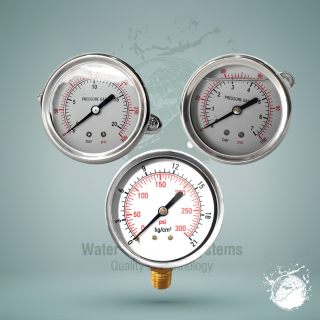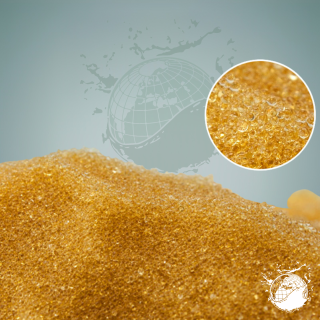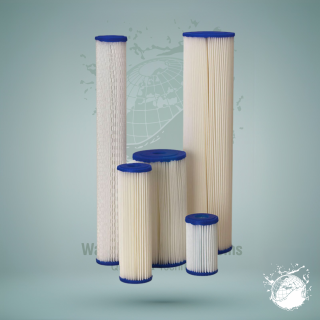TORAY MEMBRANES
Reverse osmosis is a membrane technology that allows the removal of salinity from water. It is based on a diffusion process through a semi-permeable membrane that facilitates the passage of dissolved gases and low molecular weight molecules without an electrostatic charge. There are also low and high pressure membranes, as well as low and high energy.
Related products
-
Read more
These manual valves for filters are used for different types of applications and areas, such as filtration in swimming pools, reverse osmosis pretreatment, and wastewater treatment.
-
Read more
The function of the manometer is to measure the pressure of liquids, which can be measured in single-tube manometers or U-shaped manometers. It should be noted that single-tube manometers are used exclusively to measure liquids and do not work for gases.
-
-
Read more
Pleated filters are made of layers of microfibers that make up a fine or thick pleat. In them, the largest particles tend to settle on the surface of the filter material, while the finest ones settle in the filter matrix. They also have a larger surface where the retention process of undesirable particles occurs thanks to multiple layers that are obtained by the folds of the filter material. There are two retention principles of pleated filters: first, mechanical entrapment, where the sediment particles hit the fibers of the filtering element and remain detained, and second, absorption, where a physical and chemical phenomenon occurs where the particles are attracted to the interior of the microfiber.
Los principios de retención de los filtros plisados son dos, primero el de atrapamiento mecánico, en donde las partículas de sedimentos impactan con las fibras del elemento filtrante y quedan detenidas, y segundo, el de absorción en donde ocurre un fenómeno físico y químico donde las partículas son atraídas hacia el interior de la microfibra.
- 320 880 2996
- 950 - 2964






